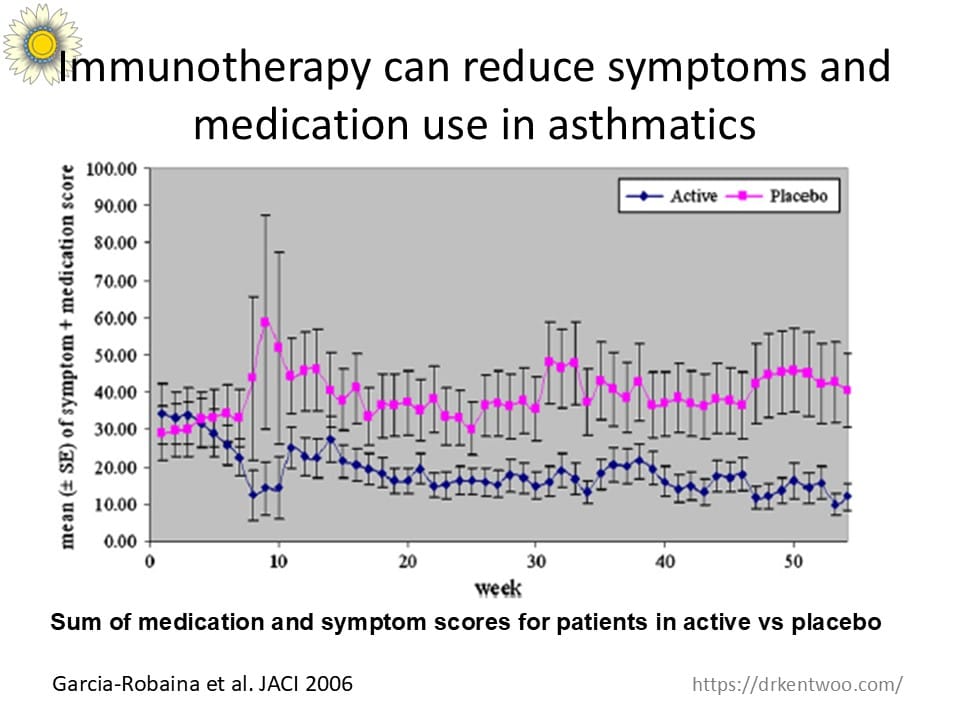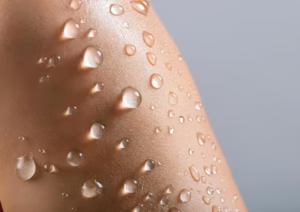Inhaled Steroids for Asthma & Growth Concerns: The Facts
Asthma feels like an uninvited guest.
Wheezing after play, coughing at night, chest tightness.
Inhaled corticosteroids (ICS) are your main weapon, controlling airway inflammation before it becomes an attack.
But many parents worry: “Will these inhalers stunt my child’s growth?”
The Growth Question

A landmark New England Journal of Medicine study found children on daily budesonide averaged 1.2 cm less adult height than placebo.
A small loss when you look at life under better Asthma Control:
Fewer ER trips
No midnight coughing fits
Freedom to run, play, and sleep soundly
🔥But did you know that uncontrolled asthma can lead to shorter height?
And more than that, uncontrolled asthma can cause permanent airway scarring (remodeling).
In the battle of height vs. health, breathing wins every time.
Why Consistent ICS Use Is Crucial
Skipping doses invites trouble—and often leads to high-dose oral steroids, which carry more side effects. Sticking with your daily inhalers:
Prevents flare-ups before they ignite
Lowers rescue inhaler dependence
Safeguards long-term lung function
That’s the difference between a calm family night and a frantic ER ride.
Beyond Inhalers: Tackling Allergies at the Root
If allergies fuel your asthma, allergen immunotherapy (AIT) can re-train your immune system to tolerate triggers:
Stops new allergies in their tracks
Shrinks symptom severity over months
Reduces daily meds—some enjoy relief for years after AIT ends

Combining ICS with AIT offers a one-two punch for lasting control.
Your Action Plan🎯
Stay faithful to your inhaled steroids, even on good days.
Check growth annually—but remember, uncontrolled asthma poses a bigger risk to height.
Ask your allergist about immunotherapy if allergies worsen your symptoms.
📌Pro Tip: Keep a simple inhaler log and personal peak flow log – tick off every dose and celebrate every attack you prevent.
With the right information and tools, you can conquer asthma without sacrificing your child’s growth.
Contact the Allergy Immunology Clinic for your Asthma needs. Breathe easy! Control is within reach.
———————————————————-
Article below:
Inhaling steroids stunts growth, but not much
By Julie Steenhuysen
CHICAGO (Reuters) – Adults who took inhaled steroids as children to control their asthma may be shorter than they otherwise would have been, but only by a little, U.S. researchers said on Monday.
Results of a long-term asthma study found that children who used an inhaled steroid before they entered puberty were about a half-inch shorter as adults than those who did not take the drugs.
Doctors have known since the 1990s that inhaled steroids taken for asthma can delay growth, but researchers had believed these children would eventually catch up.
“This is mostly good news,” said Dr. Gail Weinmann of National Heart, Lung, and Blood Institute, a part of the National Institutes of Health, which supported the study.
Weinmann said the drug has been proven over and over to be the most effective for the most people, but there had been this lingering question about its effect on height.
“Now we know what it is. It is a half an inch,” she said in a telephone interview.
The study, led by William Kelly of the University of New Mexico Health Sciences Center, is the first to follow inhaled steroid users until they reached their adult height.
Kelly and colleagues studied more than 1,000 children aged 5 to 12 who were treated for mild to moderate asthma as part of a comprehensive asthma study.
The researchers divided the children into three groups: one got twice-daily treatment with AstraZeneca’s Pulmicort, known generically as budesonide, an inhaled corticosteroid medication; a second group got nedocromil, an older inhaled non-steroid medication; and a third got a placebo.
The team followed nearly 950 of the children until they reached adult height. They found adults who took the inhaled steroids were slightly shorter than either of the two other groups.
Those most affected had started on steroids before they reached puberty, and the height effect varied depending on dose, with those taking higher daily doses experiencing the biggest effect on height.
“This suggests that finding the minimum dose required to control each child’s asthma could help mitigate any potential effects on height,” Kelly said in a statement.
The findings will be presented on Monday at the European Respiratory Society meeting in Vienna, and published online in the New England Journal of Medicine.
(Editing by Eric Walsh)




